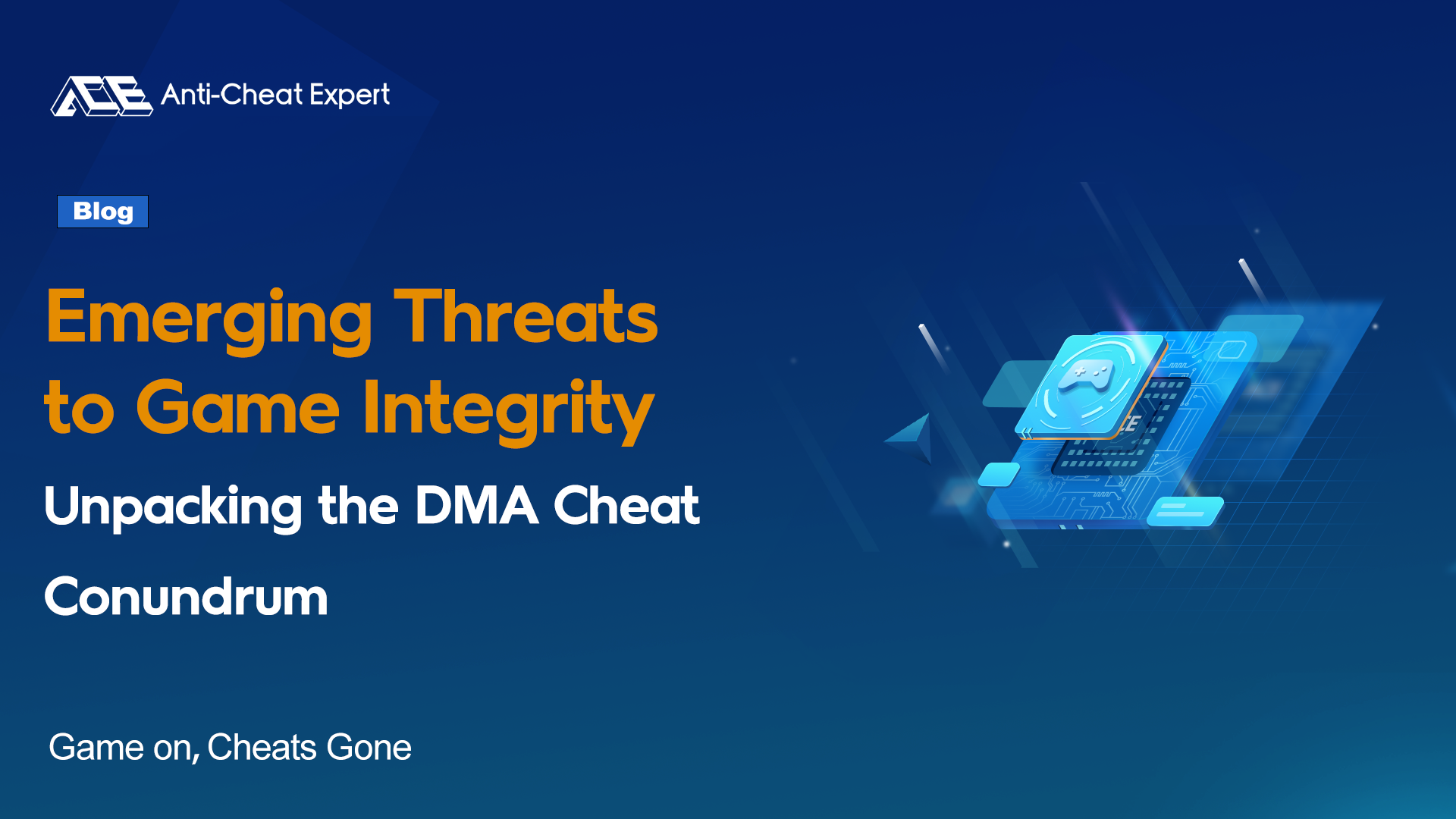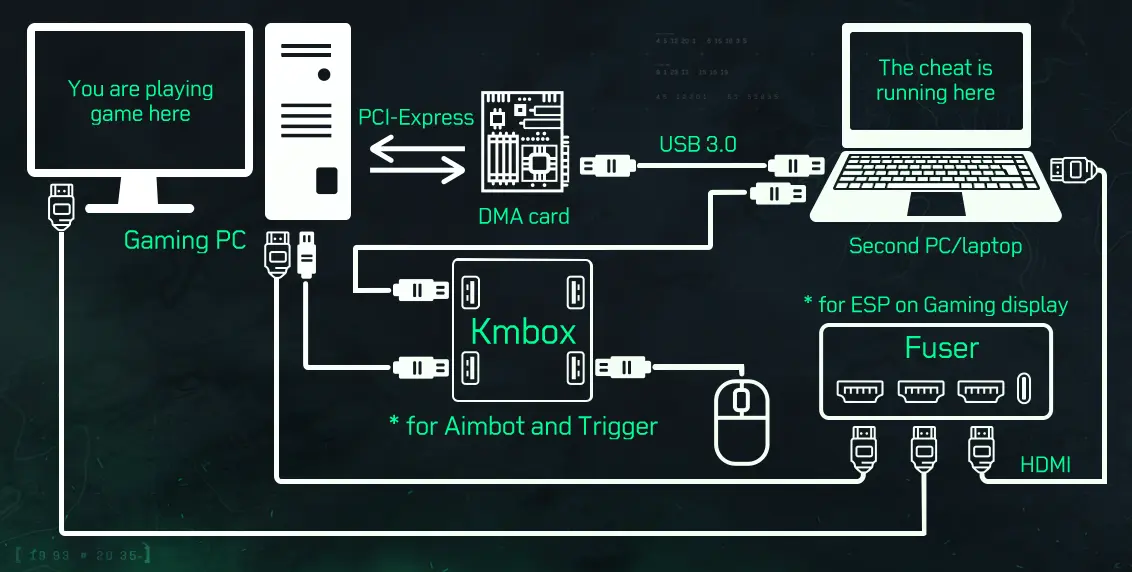
Cheating has always been a constant in gaming, as long as there's any competitive element in the game. Recently, an ongoing FPS game released its anti-cheat progress report, highlighting a new form of cheating known as DMA cheat. A video clip by GhostGaming shows what DMA cheats are capable of and how they operate in an actual game. Initially, cheating was typically limited to simple exploits or cheat codes that developers intentionally included in games for testing purposes or as Easter eggs for players to discover. As games have become more complex and competitive, cheating has evolved into new forms and presented new challenges. Whether it's getting headshots from hundreds of meters away or the enemy's skills hitting you with precision every time, the rapid evolution of gaming cheats is astonishing. While anti-cheat measures have been advancing, cheaters are now attempting to bypass the computer system through hardware methods like DMA cheats.
What Is DMA Cheat?
Direct Memory Access (DMA) basically allows hardware devices like network cards and graphics cards to access memory directly, does not need to go through the CPU for data transmission. In gaming, DMA cheating is when cheaters use DMA to read and write game memory data to gain an unfair advantage. To accomplish this, cheaters require special software and hardware tools that can read and modify the data in game memory using DMA. For example, they could alter character stats, the quantity of game items, in-game currency, or even obtain enemy coordinates.
In this article, it states, "To further enhance safety and evade detection, cheaters often employ a KMbox (Keyboard and Mouse) to disguise their input devices. They may also use custom firmware to avoid widespread bans triggered by other players' detections." DMA cheats can even share enemy coordinates with other players through cheat servers, making it even harder to catch them.

How Is It Different from Traditional Cheating?
Traditional anti-cheat systems focus on monitoring CPU activities. Compared to traditional cheats, DMA cheats replace cheat software with hardware to read and write game data, physically concealing the cheat program. This poses a significant threat to anti-cheat systems that are primarily focused on combating cheat samples.
Regular cheats use cheat programs on cheat machines to read and write game client data or code. However, DMA cheats utilize hardware for the same purpose, making them harder to detect. This presents a major challenge for anti-cheat solutions, even though these solutions are becoming increasingly proficient at identifying and combating software cheats.
How Does ACE Combat DMA Cheat?
ACE continuously updates the information in the PCI standard device library. While the game is running on the PC, we can detect whether a PCI device is a standard device or a DMA device. If we detect the presence of DMA devices, we can interfere with their operation, rendering them ineffective. Additionally, ACE takes action to ban accounts and machines that use DMA cheats. These cheats, such as wallhacks, are detected through Replay, which refers to recorded player gameplay data. By analyzing player behavior data using big data and AI technology, we can identify suspicious gameplay behavior.
ACE has currently partnered with Valorant China and Microsoft to leverage Windows system security features to combat DMA cheats. We also sincerely invites game developers, players, and other partners who care about game fairness to join forces in combating DMA cheats and upholding fair play in games.

